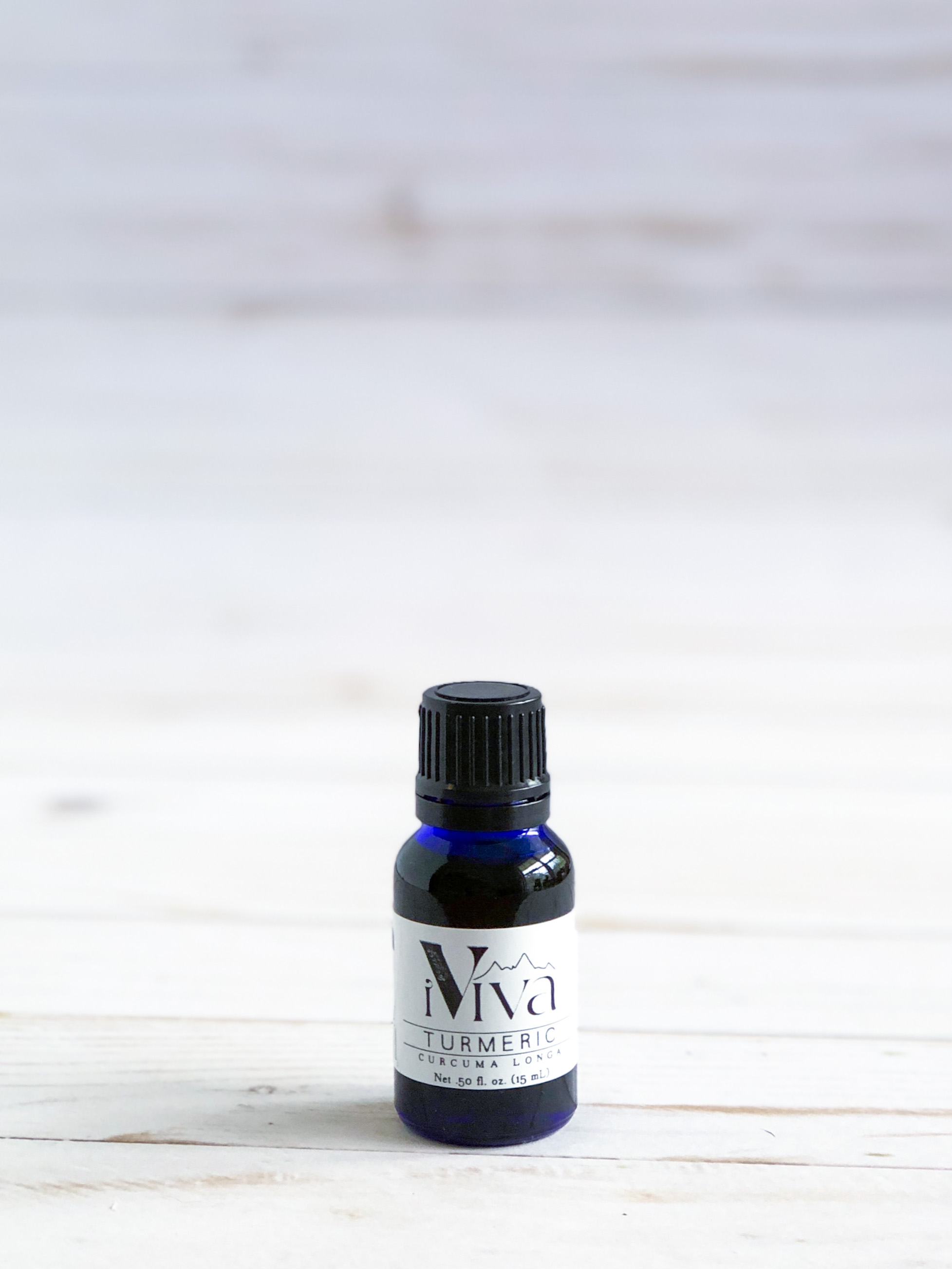Oil Introduction: Turmeric
Posted by The Salt Lady on Sep 3rd 2020
Many people are familiar with the benefits of turmeric root and turmeric powder, but did you know that the essential oil form of turmeric is also extremely beneficial?

Turmeric is a plant that belongs to the ginger family (Zingiberaceae, to use the technical term), and is often used in cooking. In its powder form it can be used to make a milk tea, a paste for healing and skin health, and can be taken in capsule form for ailments like digestive issues, arthritis, and even depression.
...But what about turmeric essential oil?


One of the important beneficial characteristics of turmeric essential oil is its high antioxidant content. It may be helpful against signs of aging, reducing the appearance of marks and spots on the skin, and can even help fight blemishes due to its antibacterial properties.
Try it as a facial treatment or in a skin salve. Dilute 4-5 drops of turneric oil with a carrier, and apply it to your face after washing. *Be sure to dilute turmeric oil before applying!*

Turmeric is great for relieving inflammation due to its circumin content. Circumin is the chemical that makes the turmeric yellow, but it's much more than just the color. According to Oregon State University's Micronutrient Information Center, there is growing evidence that this chemical is being found as beneficial for its anti-cancer and neuroprotective properties. It is a powerful antioxidant, and has strong anti-inflammatory effects.
To help with inflammation, the turmeric essential oil, mixed with a carrier such as jojoba or coconut oil, can be applied to the affected area. It has been known to reduce pain from inflammation immediately (thought this may not always be the case). *Again, be sure to dilute it with a carrier oil!*

In aromatherapy, turmeric oil's warm, woody aroma may encourage comfort and uplift the mind, making it beneficial for helping to alleviate depression and/or anxiety. It is a fairly neutral oil, scent-wise, so it pairs well with other oils!
Try pairing it in your diffuser with bergamot, ginger, or lavender; Or with a citrus oil like grapefruit, lemon, or orange.


